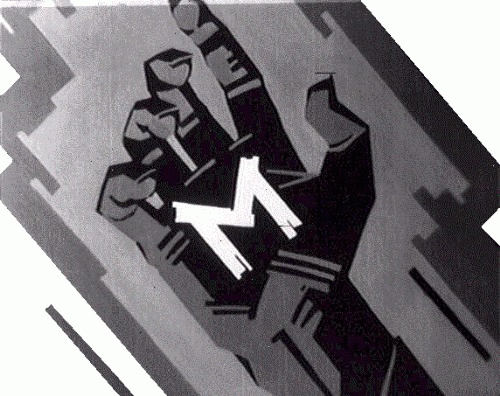By virtue of command of subject matter and instincts grounded into social trends, great directors have a way of marching into history and Fritz Lang is a product of this phenomenon.
Lang had a creative vision that he developed into immortality as he stood on the deck of the ship, Deutschland, and observed New York City as the liner approached the vast metropolis.
As recounted by Lang's biographer Patrick McGilligan in "Fritz Lang: Nature of the Beast," the experience fascinated and intrigued the director to the point where a film idea was born, one that would be carried to fruition in the 1927 release "Metropolis."
One of the major problems confronting society is the Catch-22 element of harnessing technology alongside the growth of major cities. This is the issue that Lang tackles superbly with an account of a futuristic metropolis modeled alongside the New York City that Lang viewed from a ship deck.
"Metropolis" became one of the giants of silent cinema with its lavish sets depicting a city of tomorrow while four years later with "M" Lang used a major city, his then home base of Berlin, to construct a drama of the terror of its citizenry amid the hunt to capture a killer of young girls.
Just as "Metropolis" demonstrated the dangerous excesses of society responding to the advent of advanced technology, "M" dealt with the citizens of Berlin responding to the challenge of locating and punishing a cunning killer that has eluded authorities as the number of victims frighteningly increases.
As the guilty are pursued, what happens to the innocent along the way? This important psychological as well as human question is explored as many innocent Berliners are tracked down and hounded, frightened that they will be punished simply for being in the wrong place at the wrong time or by lacking sufficient corroboration to free them.
One of the major aspects of the film involves the effort of the criminal world, worried that their element has been given a bad name due to linkage to a child killer.
The criminals not only join police in the hunt but even locate guilty and troubled loner Peter Lorre and try him on their own. The intervening police conclude that criminals are not the best individuals to decide the guilt and punishment of a defendant.
Fritz Lang was a member of the large and talented creative exodus from Nazi occupied Germany. Debate still rages, as McGilligan points out, over whether he actually escaped after declining Joseph Goebbels' offer to head the Nazi film office or whether this was a dramatic explanation for his decision, along with so many others, that it was time to leave Germany for Hollywood.
The 1944 war suspense thriller "Ministry of Fear" owed much of its effectiveness to the superbly rendered sets at Paramount Studios that conveyed the look and feel of Britain at war.
Another factor generating the feel of a suspense effort centered around Nazi Fifth Column efforts in war ravaged England was that screenwriter Seton I. Miller was adapting a novel by thriller master Graham Greene.
During World War Two Greene, along with fellow British writing great Somerset Maugham, were employed in British underground intelligence. After the war Greene would pen the screenplay for the memorable Carol Reed suspense classic "The Third Man."
In "Ministry of Fear" Ray Milland plays a victim of circumstance thrust into the center of Fifth Column London activity. Marjorie Reynolds, someone he at one point thinks is collaborating with the enemy, remains stalwart and true while Dan Duryea and Hillary Brooke make convincing enemies.
Thanks to Lang's craftiness, Dan Duryea would emerge as one of the leading smarmy heavies of forties' films. Lang supplied directorial tips and the talented Duryea performed the desired results alongside femme fatale Joan Bennett in two films where, as a heartless shakedown twosome, they played older man Edward G. Robinson along via Bennett's inducing charm in the 1944 film "Woman in the Window."
(Note: You can view every article as one long page if you sign up as an Advocate Member, or higher).





